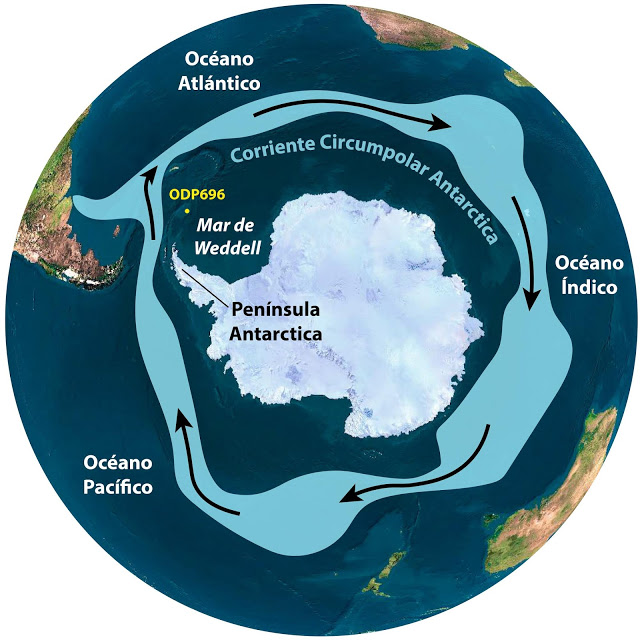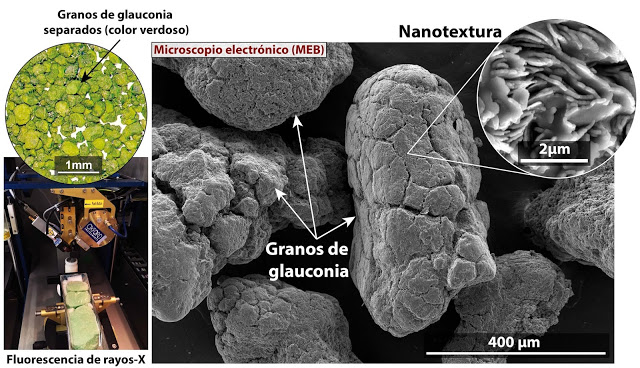At https://archaeologynewsnetwork.blogspot.com/2020/01/clays-in-antarctica-… … change in the Antarctic from 35 million years ago is said to chronicle past climate change. That is the necessary nod of the head towards the modern equivalent of eugenics as nobody is actually going to dig through lots of the ice cap to view the rocks beneath. The research team looked at the sea bed near Drakes Passage. This is the body of water that separates South America from Antarctica, but specifically the area between Cape Horn and the South Shetland Islands. They looked at glauconia, a green clay found mainly in shallow water situations. The green clay has been observed at several locations around Antarctica and belongs to the terminal Eocene Event (the Eocene/Oligocene transition). This was whenthe glauconia was formed and marks the start of progressive sea level rise in the Weddell Sea. The big question now is – did this coincide with the opening of the Drake Passage (the splitting away of Antarctica from South America).
 …
… 
